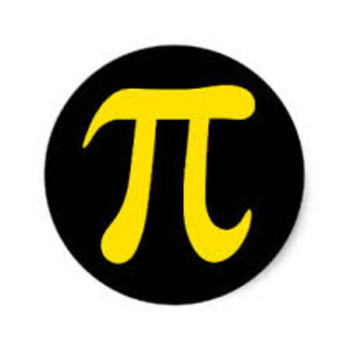How do you simplify #(5sqrt2+3sqrt5)(2sqrt10-5)#?
2 Answers
Explanation:
You can multiply the brackets using the distributive law, in exactly the same way as in cases such as:
Each term in the first bracket must be multiplied by each term is the second bracket.
Now find factors for the roots, using squares where possible:
Explanation:


